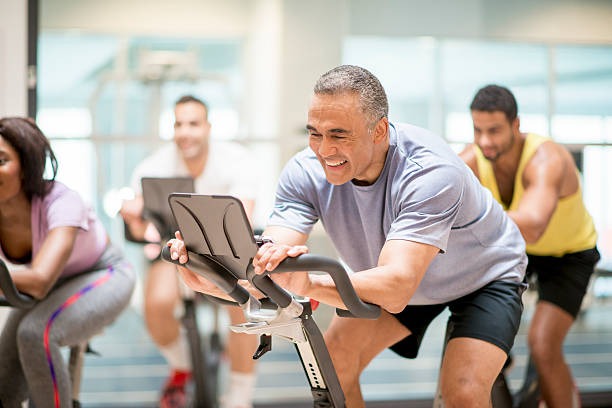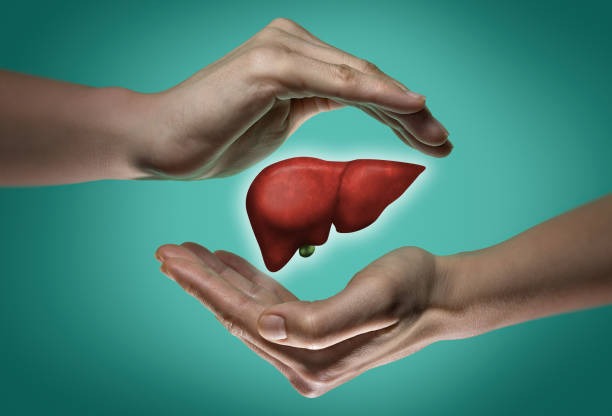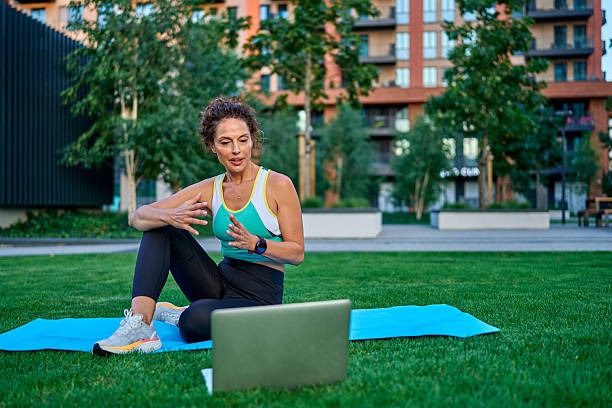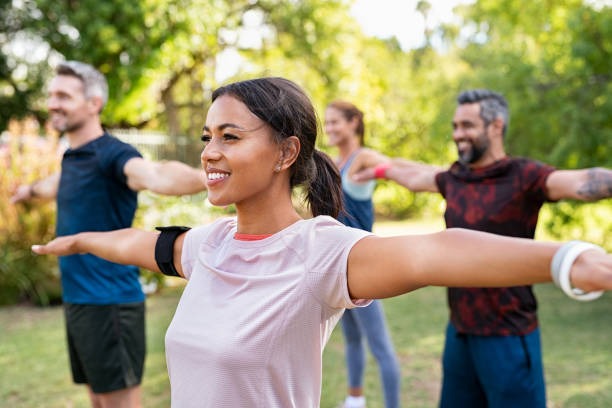Staying active during travel or holidays can be challenging, but it is essential for maintaining physical health and overall well-being. When routines are disrupted, it becomes easy to fall into sedentary habits that may lead to fatigue or discomfort. However, with a few thoughtful strategies, you can keep moving and enjoy your trip while supporting your fitness goals.
One effective approach is to incorporate walking into your daily activities. Exploring a new city on foot not only allows you to experience local culture more intimately but also helps burn calories without requiring extra time dedicated solely to exercise. Opt for stairs instead of elevators whenever possible, as this simple adjustment increases physical activity effortlessly. Additionally, consider choosing accommodations near attractions or public transit stops so that walking becomes a natural part of your itinerary.
Scheduling short workout sessions can also make a significant difference. Even 15-20 minutes of bodyweight exercises such as squats, lunges, push-ups, or planks performed in your hotel room can maintain muscle strength and flexibility. Many fitness apps offer quick routines designed specifically for travelers with limited space and equipment. These brief workouts are convenient and help counteract the effects of prolonged sitting during flights or long drives.
Engaging in recreational best kratom online activities available at your destination provides another enjoyable way to stay active while enhancing the travel experience itself. Swimming at the beach or hotel pool offers low-impact cardiovascular benefits along with relaxation. Renting bicycles allows exploration beyond typical tourist spots while increasing endurance and leg strength. Participating in hiking tours introduces you to nature’s beauty while providing an excellent full-body workout.
Maintaining proper hydration supports both energy levels and physical performance throughout travel days filled with movement and excitement. Drinking water frequently prevents dehydration-related fatigue that might discourage activity participation later on.
Planning meals mindfully contributes indirectly by supplying necessary nutrients without causing sluggishness caused by heavy eating patterns common during holidays.
Finally, setting realistic expectations about activity levels ensures enjoyment rather than stress related to exercise commitments away from home comforts. Balancing rest with movement creates sustainable habits adaptable across various environments encountered during trips. By integrating these tactics thoughtfully into holiday plans, you foster both wellness and memorable experiences simultaneously, making staying active an achievable priority amid travel demands.









